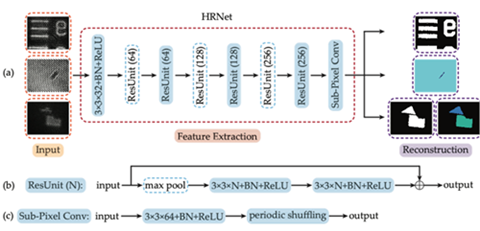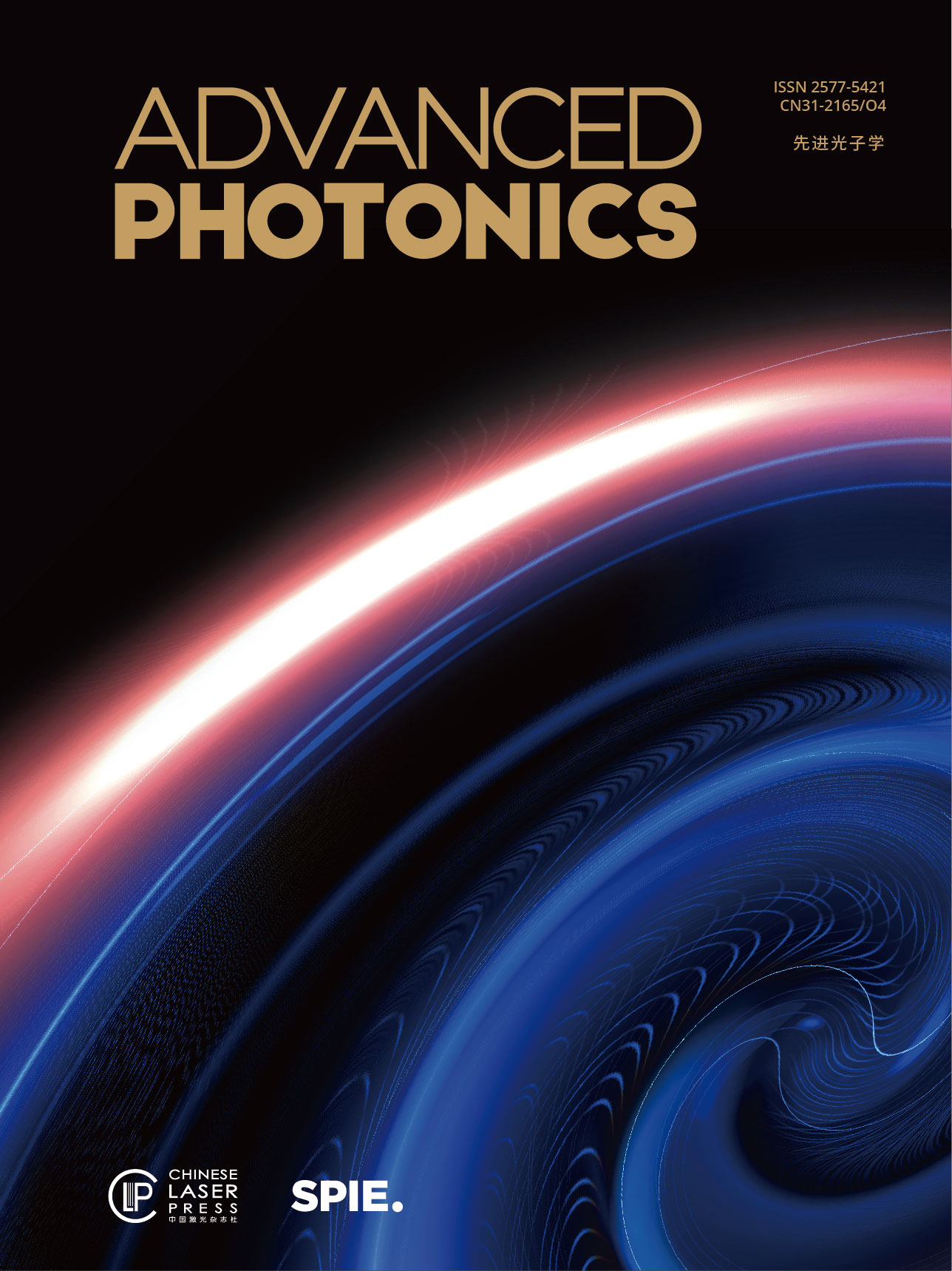Digital holography is a widely-used imaging technique that can record the entire wavefront information, including amplitude and phase, of a 3D object. With an interferometer and an image sensor, a 2D hologram can be acquired and stored in a computer. Due to the noninvasive and label-free properties, it has been applied to biological imaging, air/water quality monitoring, and quantitative surface characterization measurement.
After capturing a digital hologram, appropriate algorithms are utilised to reconstruct the object numerically. Although effective, conventional approaches require prior knowledge and cumbersome operations for an in-focus and successful reconstruction. In addition, for quantitative phase imaging, the inevitable phase aberration has to be compensated by physical or numerical means, and subsequently an unwrapping step is needed to recover the true object profile. The former either requires additional hardware or strong assumptions, whereas the phase unwrapping algorithms are often sensitive to noise and distortion. Furthermore, for a 3D object, an all-in-focus image and a depth map are particularly desired for many applications, but current approaches tend to be computationally demanding. Therefore, how to further improve these conventional reconstruction methods in an automatic fashion with high accuracy attracts researchers’ interest in the field of digital holography.
Recently, researchers at the University of Hong Kong demonstrated an “all-in-one” method that can tackle these holographic reconstruction problems by simply training a deep neural network with appropriate data. By constructing and training an end-to-end learning framework, which is motivated by the residual learning scheme, cumbersome operations in conventional reconstruction approaches are thus avoided and system parameters become unnecessary.
After appropriate training, the network can holographically reconstruct the amplitude, quantitative phase, extended focused image and depth map, respectively. Qualitative visualization and quantitative measurements confirm the superior performance of learning-based method over conventional ones. The intensive computational demand is also significantly alleviated with a totally automatic manner.
Through this data-driven approach, we show that it is possible to reconstruct a noise-free image that does not require any prior knowledge and can handle diverse reconstruction modalities simultaneously. To push this work forward, the researchers plan to apply this technique to high-speed and high-resolution temporal holographic reconstruction of 3D scenarios. We believe that this method is universal to various digital holographic configurations and is potentially applicable to biological and industrial applications.

Figure 1. (a) Schematic of the deep learning workflow and the structure of HRNet. It consists of three functional blocks: input, feature extraction and reconstruction. In the first block, the input is a hologram of either an amplitude object (top), a phase object (middle) or a two-sectional object (bottom). The third block is the reconstructed output image according to the specific input. The second block shows the structure of HRNet. (b) and (c) elaborate the detailed structures of the residual unit and the sub-pixel convolutional layer, respectively.
Original article: End-to-end deep learning framework for digital holographic reconstruction


